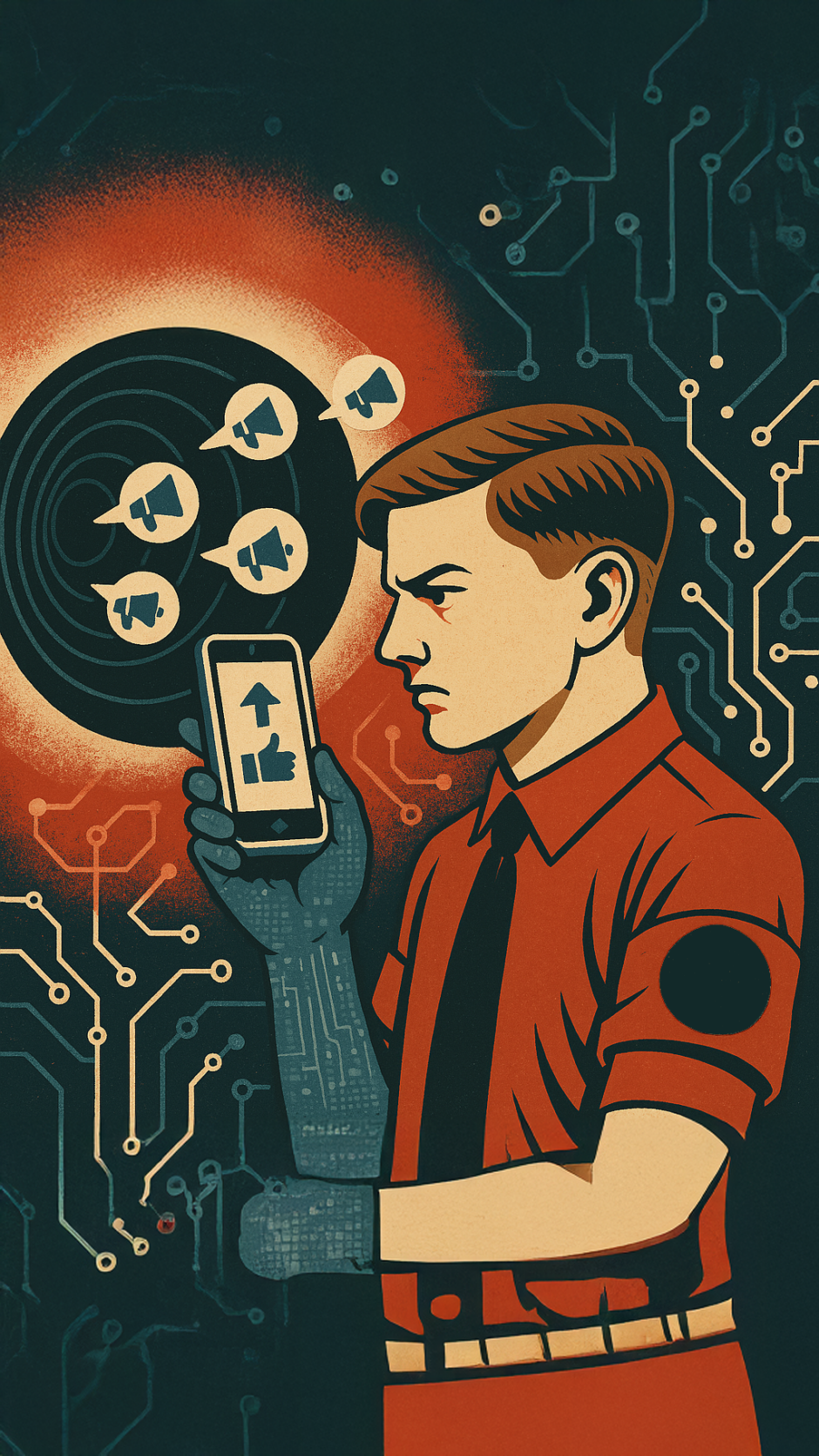How Real is the Digital Reality? (Since 2023)
(A critical research project using art to make it understandable.)
The manipulation of perception is nothing new. Bending reality to serve power, belief or convenience has been known for as long as humanity has preserved information. With the development of artificial intelligence, we are at a critical moment, the climax of centuries of epistemological struggle. The digital realm, once a mere tool for efficiency, has become a huge construct in which meaning is traded, distorted and redefined. But does this make it real? Or does it just deepen the illusion?
How Real is the Digital Reality? is not a stand-alone work, but an ongoing series of small investigations, each exploring the fluctuating state of truth in a world increasingly dictated by algorithms and automation. We are witnessing a profound paradigm shift — one that threatens to erode the foundations of empirical science and replace them with an epistemology of belief, where repetition and visibility outweigh verification and reason. What does this mean for human cognition, for democracy, for culture itself?
The Long Shadow of Constructed Realities
From the medieval church’s control of scripture to the Gutenberg press’s spread of both enlightenment and destruction (with the Bible and Malleus Maleficarum shaping the Western world), every technological revolution has been accompanied by both progress and disruption. With each innovation, new power structures emerged, cementing authority through the crafting of narratives. The radio and film industries, under the control of totalitarian regimes, were a demonstration of how whole populations could be manipulated through the careful orchestration of images and words. Similar mechanisms exist today, but automated, decentralised and hyper-personalised.
Recommender systems, the hidden architects of contemporary discourse, have taken on the role of storytellers, deciding not just what we see but what we believe to be true. The digital landscape has become a battleground for influence, where marketing and sales, political entities, corporate powers and ideological movements use algorithmic governance to construct increasingly narrow echo chambers. The result is a regression into a world governed more by conviction than evidence. Belief has become data-driven.
From Observation to Participation: The Role of the Artist
I see the artist as both observer and participant in this paradigm shift. Documentation alone is insufficient; engagement is necessary. „How Real is the Digital Reality? does not just chronicle these changes, but actively intervenes in the discourse. Through a series of projects I experiment with the very tools that shape our perception, testing their limits, hijacking their purposes and questioning their consequences.
With „s.myselle“ I started the project of creating my digital twin. It is constructed as a self-referential critique of artificial identity. She is both an artwork and an actor in the algorithmic theater, mirroring the rise of virtual influencers while simultaneously questioning their cultural significance. What does it mean when digital personas outgrow their creators? When interaction with a synthetic being begins to feel more authentic than with a human counterpart? The boundary between simulation and sentience blurs, forcing us to confront the unsettling question: Are we creating digital companions, or are we simply constructing reflections of ourselves that are more enjoyable and less unpredictable than reality?
The project „You Think You Fell Out of a Coconut Tree?“ and „The Algorithmic Constructed Reality“ took a forensic approach, exposing the mechanisms behind algorithmic bias in political discourse. By systematically collecting thousands of short-form videos from TikTok and YouTube, the work made visible the ideological funnels shaping contemporary political consciousness. The stark contrast between right-wing content dominating YouTube Shorts and left-leaning material on TikTok suggests not just algorithmic preference but an active engineering of belief systems. Are these algorithms neutral facilitators of content, or have they become political actors in their own right?
The End of Objective Truth?
„How real is the digital reality?“ situates itself within a broader historical and philosophical context, building on the insights of radical constructivism, inspired in particular by the work of Paul Watzlawick. If reality is not discovered but constructed, then digital reality is perhaps the most volatile and fragile construction of all. In this sense, AI-generated content, deepfakes and synthetic narratives are not just distorting reality. They are creating alternative realities.
The consequences are essential. Just as the printing press not only spread knowledge, but actively redefined what knowledge was, AI-driven media now reshape not only what is believed, but what should be believeable, starting with contradictory storytelling. In a world where authenticity is algorithmically generated, the question of what it means to be human takes on new urgency. If the defining feature of the human experience has been the ability to interpret and narrate reality, what happens when machines do this more efficiently, more persuasively, and at scale?
Towards a New Digital/AI Literacy
This is not a call to hopelessness, but to awareness. To master this shifting terrain, we need to cultivate a new form of literacy, one that goes beyond reading and writing to comprehend critical digital fluency. Recognizing bias, dissecting algorithmic influence, and understanding the mechanics of AI-driven perception are no longer optional skills but fundamental necessities.
„How Real is the Digital Reality?“ is not an answer but a question, an ongoing exploration into the ways we construct, consume, and contest the realities that define us. It stands as both a documentation and an intervention, a mirror and a tool, reflecting back the world we are building and challenging us to consider whether it is one we wish to inhabit.
Truth, after all, is not a relic of the past. It is a battle of the present. And in this digital age, it is a battle that must worth fighting for.


